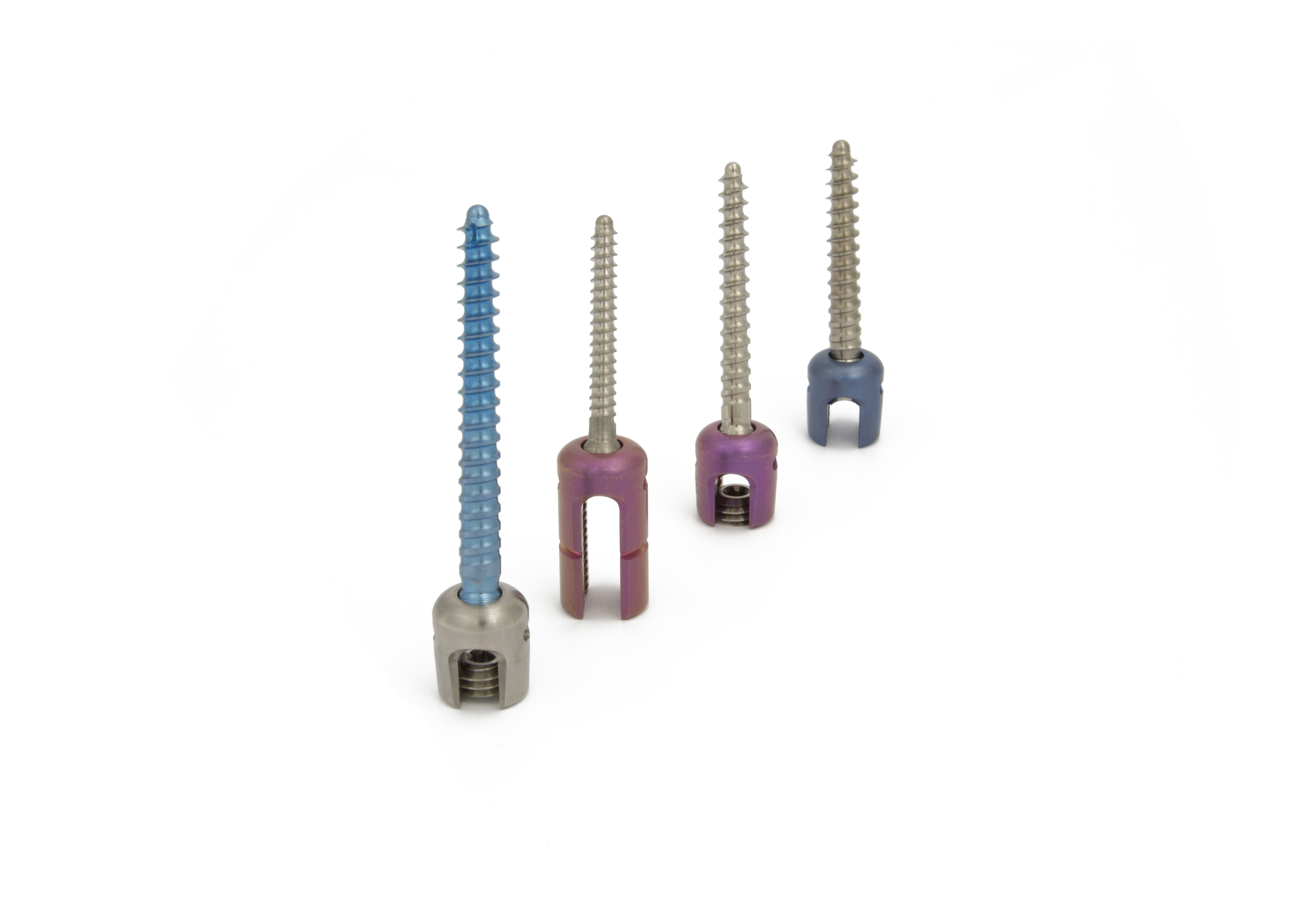Even though a medical device is designed and validated to be safe, it doesn’t mean that it is free from risks. Therefore, FDA implemented a regulation establishing a common worldwide system for product identification on all medical devices. The system for Unique Device Identification (UDI) benefits both patients and businesses in the medtech industry – here is why!
UDI – marks and identifies medical devices within the healthcare supply chain
The Unique Device Identification is a system used to mark and identify medical devices within the healthcare supply chain. The UDI is expected to improve patient safety by helping to identify counterfeit products, and by improving the ability for staff to distinguish between devices that are similar in appearance but serve different functions. It is also expected to facilitate and improve the recall process, and create efficiencies within the medical system. In 2013, the U.S. Food and Drug Administration (FDA) released the rule that will be implemented over several years in the U.S. market. UDI will also gradually be implemented in other parts of the world.
Unique device identification for medical devices – the European Landscape
Other countries around the globe are progressing their own track and trace strategies for medical devices. In early 2013, the European Commission released a recommendation upon a proposed structure for the UDI requirements system in the EU. As the industry awaits the finalized regulations from the EU, some have looked at the FDA and predicted that the EU regulations are likely to become the same or similar to FDA’s regulations.

Rapidly identifying a device – one of many important advantages
The implementation of UDI offers a lot of advantages. It is intended to improve patient safety, modernise device surveillance and facilitate medical device innovation. UDI helps to trace what type of product it is, where it is and who the manufacturer is. The identification must be in both human- and machine-readable form. A UDI on a device label or package consists of two parts. The first part is a device identifier which is a mandatory, fixed portion of the UDI that identifies the labeller or manufacturer, and the specific version or model of the device. The second part is a production identifier, which is a variable portion of the UDI, which define information such as the batch number or serial number of a specific device, as well as the expiration date and other information needed for full traceability.
FDA has accredited issuing agencies that provide Automatic Identification Data Capture (AIDC) technologies standards for unique device identifiers in the U.S. Those are non-profit organisations such as GS1 and Health Industry Business Communications Council (HIBCC).
GUDID – a database for storing information about each device
As part of the UDI system, FDA has also created the Global Unique Device Identification Database (GUDID). This database includes a set of data attributes, and the device labelers must submit and maintain certain information about each device. In collaboration with the National Library of Medicine, the FDA has created a portal to make device identification information available for everyone. This portal is called AccessGudid and could be useful to patients, caregivers, healthcare providers, hospitals and industries.
UDI – for a more safe and sustainable medtech industry
As one of Europe’s leading development and production partners of medical technology products, Elos Medtech continuously focus on updates and developments in the medtech industry. When it comes to UDI, we are preparing to provide solutions based on our customers demands. With patient safety as Elos Medtech’s top priority, the implementation of UDI is considered to have an important role in the development of a safe and sustainable medtech industry.
I hope you gained some valuable information when reading my article. If you have any questions, please visit our website for more information. Also, feel free to contact us, or comment on the article in our social media channels.
